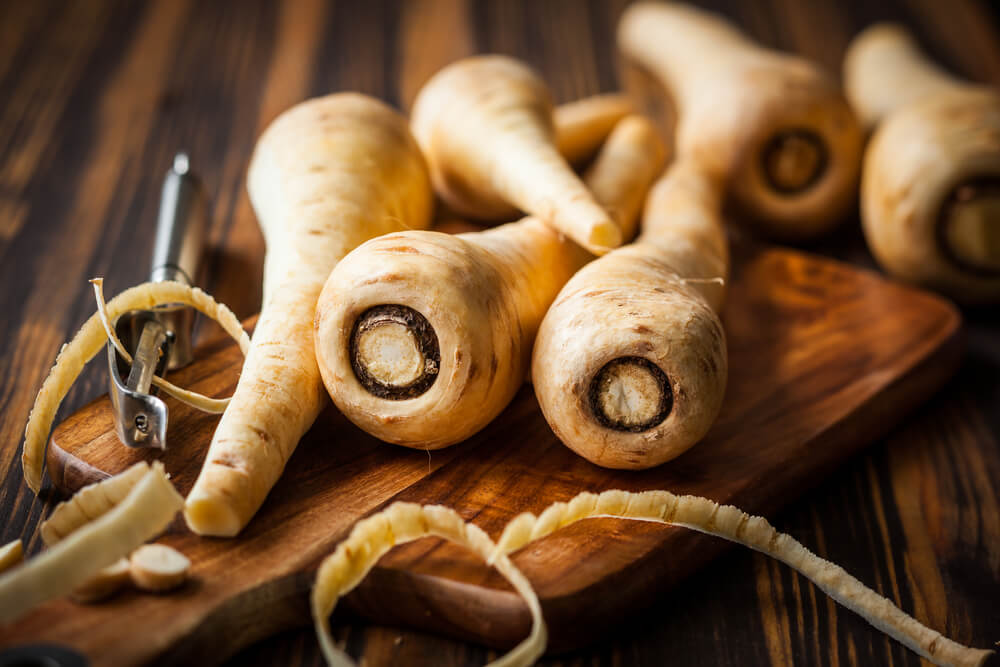
The parsnip plant is a perennial flowering plant that grows up to about a meter high and with wide leaves that are pinnately compound in shape. The plant bears fruit in the spring when the fruit starts to form, which can be eaten raw or cooked. The plant thrives best in dry soil where the sunlight is nearly always available.
The leaves of the plant are oval to lance-shaped and contain five to nine oval leaflets. The leaves are also shiny green and are used as a vegetable by the people of Egypt and Greece. The common name of the parsnip plant is Carrot. The parsnip plant can grow to a maximum height of about 90 cm (35 inches) and is typically grown as an annual for just one growing season. The plant produces fresh fruit during the spring when the fruit starts to form.
Many gardeners prefer companion planting with other edible plants because the parsnip plant has little taste of its own. It is a good companion for plants with a bitter taste such as cabbage, chives, dill and garlic. Companion planting with these foods helps keep pests away. The carrot is another great companion plant. If you want to grow a sweet potato, then grow a potato plant instead. Not only is the potato more likely to get eaten, but the juice of the sweet potato also provide some of the vitamins in the parsnip.
Some of the pests that can affect the parsnips include white-flies, leafhoppers, ground beetles, praying mantis, carpet beetles and aphids. Aphids, leafhoppers and beetles cause most damage to the leaves of the plant. The leaves will appear to die quickly, while still producing little or no fruit. You can control the pest infestation by using beneficial insecticides for your garden.
Some of the natural enemies that can control aphids are ladybirds, dragonflies and lacewings. Ladybirds can be effective against the Asian hybrid pipsnips aphids which are susceptible to pesticides. Dragonflies and lacewings will also eat the green, red or purple foliage of the parsnips. The best way to avoid having to deal with the pests is to prevent them in the first place.
You can help to prevent an infestation by applying an insecticide to the leaves and underside of the plant. This should be applied prior to bloom. If you find that the problem persists, then you should follow the manufacturer’s instructions for treatment. It is also important to provide adequate mulch and shade to help prevent moisture from accumulating on the leaves and underside of the plant.